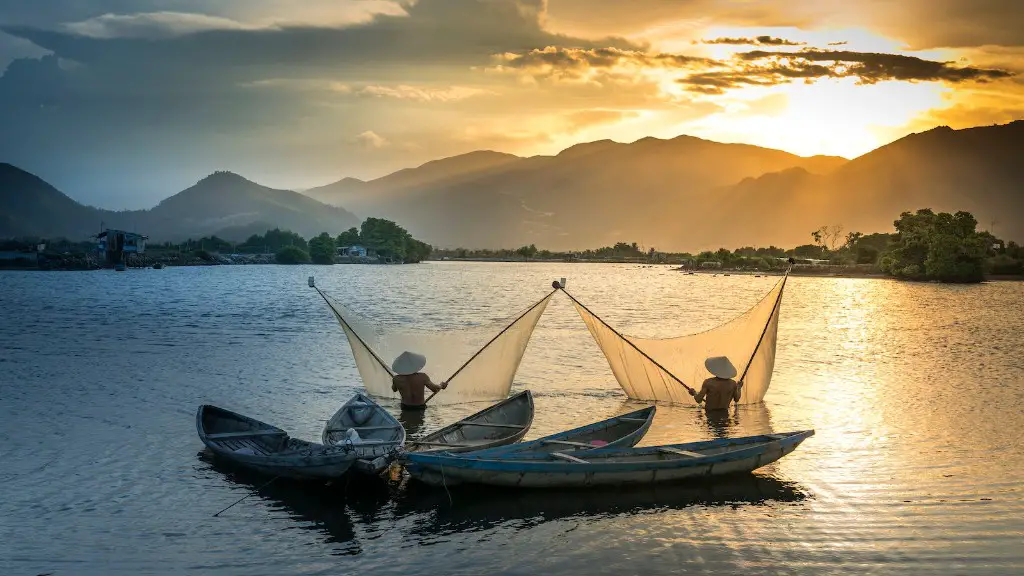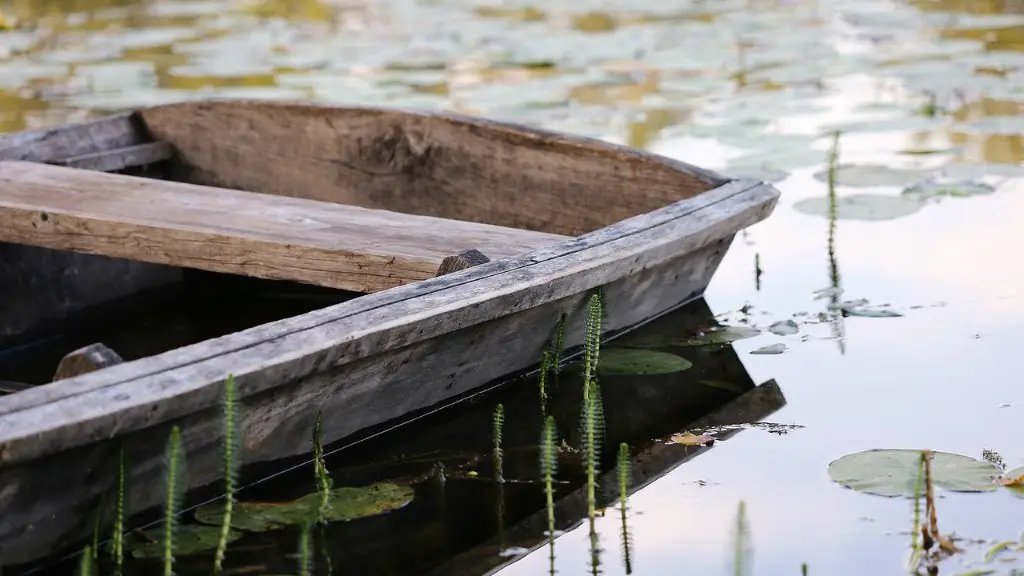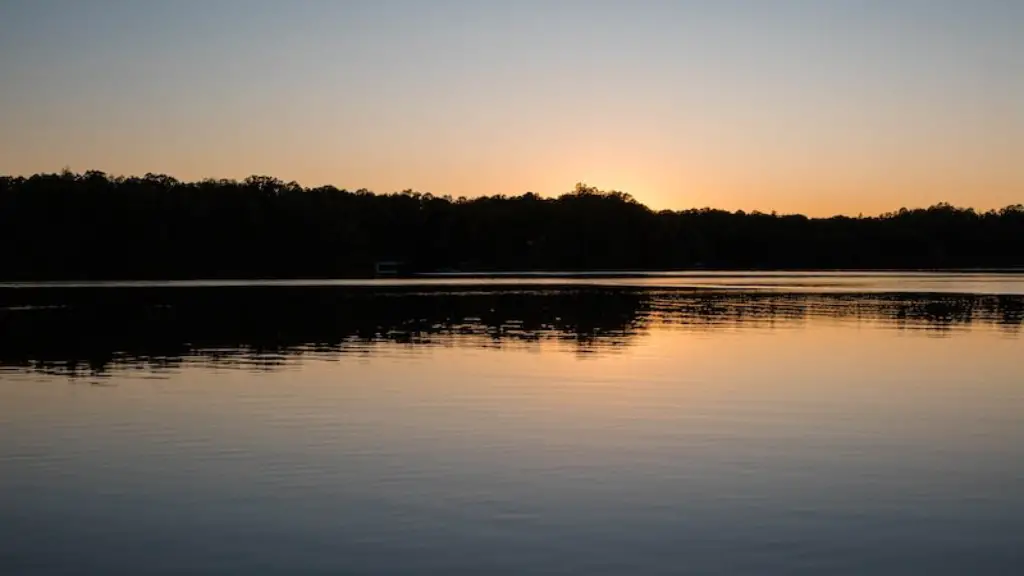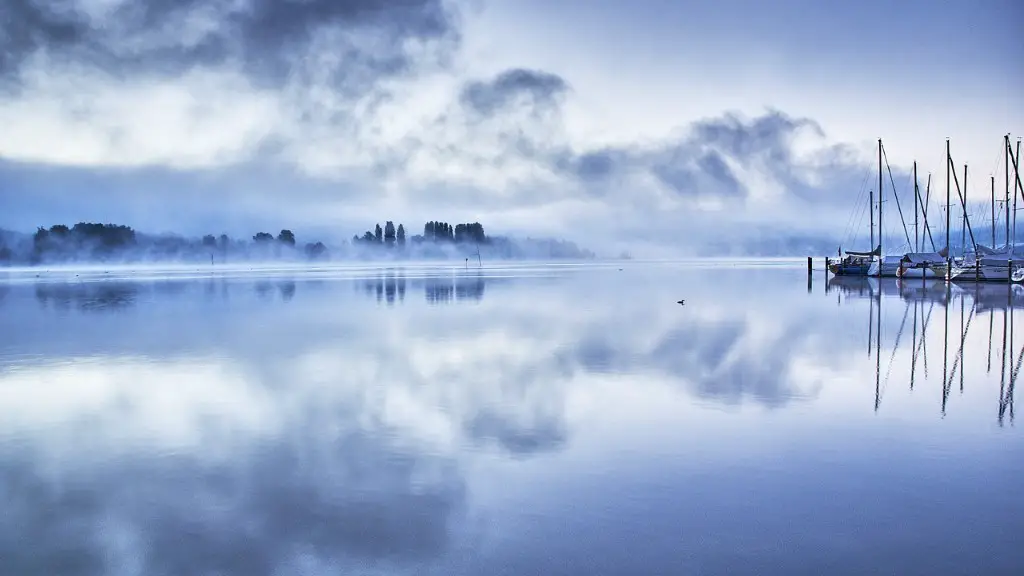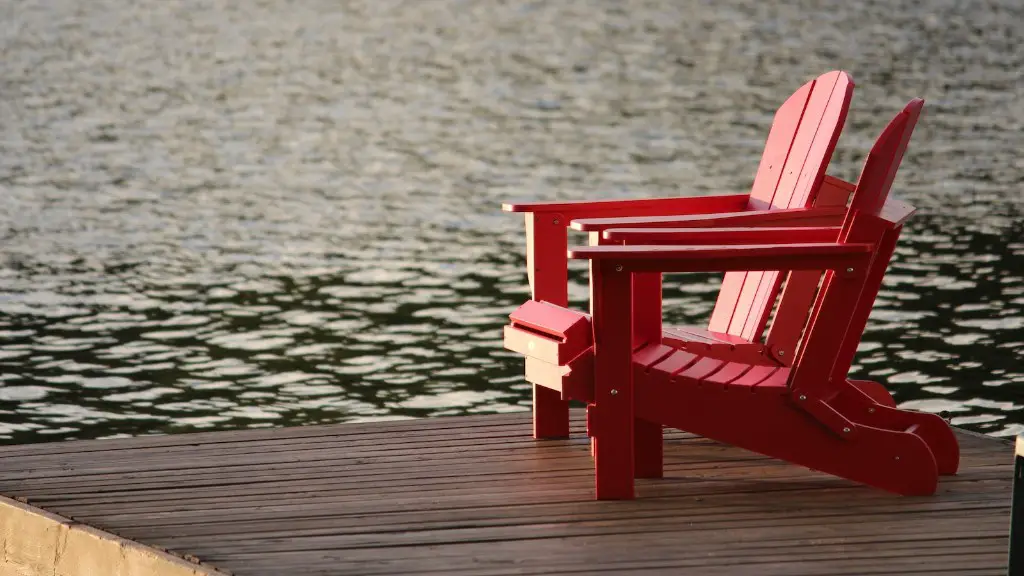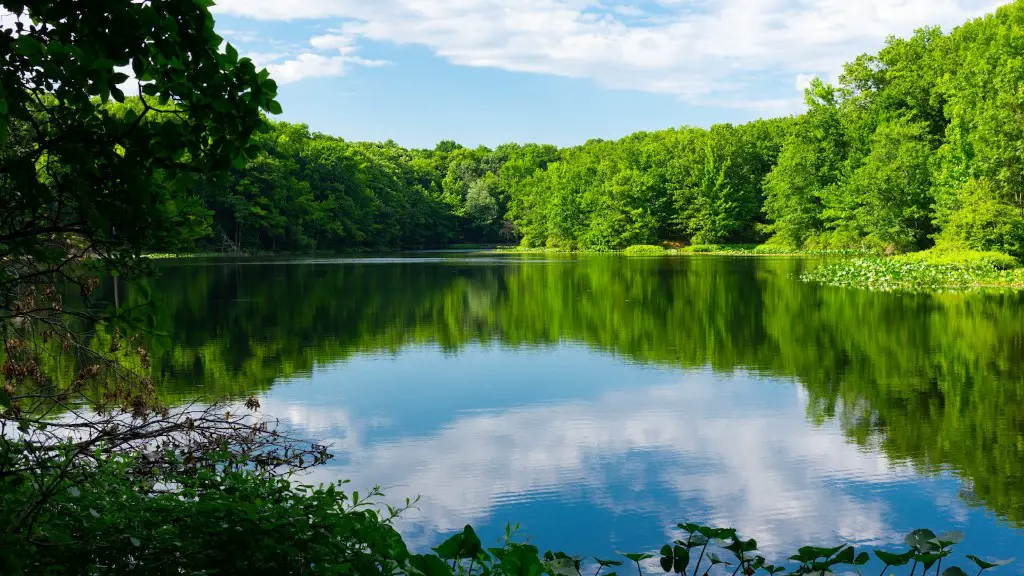Mountain lakes are found in many different parts of the world, but they are especially common in the western United States. In the United States, there are several famous mountain lakes, including Crater Lake in Oregon. Crater Lake is a large, deep lake that was formed by a volcano. The volcano that formed Crater Lake is now a big mountain that surrounds the lake.
Yes, mountains surround Crater Lake.
What mountain is near Crater Lake?
Mount Mazama used to be a very tall mountain, but it has since collapsed. Today, the highest point along the rim is Hillman Peak, and the highest point in the park is Mount Scott. Wizard Island is a very notable feature of Crater Lake.
Mount Mazama is a shield volcano that is part of the Cascade Volcanic Arc. The Cascade Volcanic Arc is a chain of volcanoes that extends from British Columbia to northern California. Mount Mazama is located in southern Oregon.
Mount Mazama began to form about 400,000 years ago. The volcano is made up of a succession of overlapping shield and stratovolcanoes. The shield volcanoes are made up of lava flows. The stratovolcanoes are made up of cinder cones and ash.
The last eruption of Mount Mazama occurred about 7,700 years ago. This eruption was one of the largest eruptions in North America. The eruption created a caldera that is now filled with Crater Lake.
Why can you not swim in Crater Lake
Crater Lake is one of the snowiest places in America, with an average of 43 feet of snow per year. This means that there are only a few months when people can swim at Crater Lake, given the extreme winter season. Usually, visitors to the lake can swim from June through September.
The lake is 1,943 feet deep and is inside a caldera. The caldera is a volcanic basin that was created when Mount Mazama collapsed 7,700 years ago. The collapse was caused by a large eruption. The lake is filled almost entirely by snowfall. Because of this, the lake is one of the clearest lakes in the world.
What is a mountain with a crater called?
Stratovolcanoes are tall, conical volcanoes that are built up by layers of lava, ash, and other volcanic materials. Pyroclastic cones are small, steep-sided volcanoes that are formed by explosive eruptions of pyroclastic materials. Lava domes are large, dome-shaped volcanoes that are formed by the slow extrusion of lava from a volcanic vent.
Here are 10 things you probably didn’t know about Crater Lake National Park:
1. There is a phantom ship in the lake.
2. There is no water outlet from the lake.
3. The lake is a Native American legend.
4. It is the deepest lake in the United States.
5. There is a volcano in the middle of the lake.
6. The only place in the world this newt can be found is in Crater Lake National Park.
7. The water in the lake is some of the clearest water in the world.
8. The lake is surrounded by cliffs that are over 2,000 feet high.
9. There are over 30 waterfalls in Crater Lake National Park.
10. Crater Lake National Park is one of the most popular national parks in the United States.
What is the deepest lake in the USA?
Crater Lake is one of the deepest lakes in the United States and one of the deepest in the world. At 1,943 feet (592 meters), it is the deepest lake in the United States. Crater Lake is located in Oregon and is a popular tourist destination.
It’s amazing that moss and bacteria can thrive at the bottom of Crater Lake, where there are almost no nutrients. This discovery perplexes researchers because it’s not clear how these organisms are surviving. It’s possible that they’re getting some of the nutrients they need from the water itself.
Are there bears in Crater Lake
Black bears are the only bear species found at Crater Lake. They are generally afraid of humans and will run away if you make noise, but they will protect themselves if they or their cubs are threatened.
Crater Lake was naturally barren of fish until park founder William Steel first stocked Crater Lake with trout fingerlings in 1888 to “improve” recreational opportunities. Despite altering the lake’s natural condition, introductions of non-native fish continued until 1941, when stocking the lake ended. Today, there are several species of fish that call Crater Lake home, including Rainbow trout, Kokanee salmon, and Mountain whitefish. While the fish do help to provide a recreational opportunity for visitors, it is important to remember that they are not native to the lake and their presence has changed the lake’s ecosystem.
What are the dangers of Crater Lake?
Hydrothermal explosions are a type of volcanic eruption that occurs when water comes into contact with hot rock and vaporizes. This can cause the water to expand and become explosive.
Ash and tephra fall can also be a hazard during volcanic eruptions. This is when volcanic material is ejected into the air and falls back down to the ground. This can cause damage to buildings and people if it is not avoided.
Pyroclastic surges are another type of volcanic hazard. This is when a cloud of hot gas and ash rushes down the side of a volcano at high speeds. This can be deadly if people are caught in it.
Lahars are another hazard that can occur during volcanic eruptions. This is when a mudflow or landslide occurs. This can be caused by the melting of snow and ice on the volcano, or by heavy rains. This can cause damage to infrastructure and can be deadly if people are caught in it.
Landslides and rockfalls are also a hazard during volcanic eruptions. This is when rocks and debris fall from the volcano. This can be caused by the eruption itself, or by heavy rains. This can cause damage to infrastructure and can also be deadly if people are caught in
Crater Lake is the cleanest lake in the US and the entire world because it is not fed by any streams or rivers. This lake is also the clearest, with visibility up to 100 feet and sunlight pervading down some 400 feet.
What is the cleanest lake on Earth
Blue Lake is an absolutely stunning place – its clear waters are simply mesmerizing. It’s hard to believe that such a place exists on earth, and it’s definitely worth a visit if you ever have the chance.
The park’s water claim for the lake is for the preservation and protection of all natural habitats and the conservation of scenery. It is not for human consumption. The park wants to make sure that the lake is protected so that future generations can enjoy it.
Will Crater Lake erupt again?
The long history of volcanism at Mount Mazama means that this volcano is still active and could erupt in the future. Future eruptions will likely occur within the caldera and may happen beneath the water’s surface. This means that people should be aware of the dangers of this volcano and should take precautions to avoid being in the area when an eruption happens.
The windward side of a mountain is the side that is upwind, or facing the prevailing wind. The leeward side is downwind, or facing away from the prevailing wind. Both sides have a significant effect on the weather patterns of their surrounding areas.
The windward side of a mountain is subject to more wind and precipitation than the leeward side. This is because the windward side is constantly facing into the wind, which pushes moisture-laden air up the mountain. This moisture condenses and falls as precipitation on the windward side.
The leeward side of a mountain is protected from the wind by the mountain itself. This results in less wind and precipitation on the leeward side. However, the air on the leeward side is often warmer and drier than on the windward side, because it has been warmed by the sun as it descends the mountain.
What is a body of water on a mountain called
A tarn is a body of water that is typically found in a mountainous area. Tarns are often formed in a cirque, which is an area that has been excavated by a glacier. A moraine may form a natural dam below a tarn, which can help to keep the water in the tarn from draining away.
A volcanic crater is a steep-sided basin formed by the collapse of land following a volcanic eruption. Crater Lakes are formed when the crater fills with water. The Crater Lake at Wizard Island was formed 7,700 years ago when the volcano erupted and then collapsed in on itself. Over time, rain and snow have filled the crater, and other eruptions have created features including Wizard Island.
Warp Up
No, mountains do not surround Crater Lake. Crater Lake is situated in the caldera of Mount Mazama, a dormant volcano, in the Cascade Range in Oregon.
There is no definitive answer to this question as there is no defined boundary for what constitutes a mountain. However, based on the definition of a mountain as a natural elevation of the earth’s surface that has steep sides and is higher than a hill, it is safe to say that there are mountains that surround Crater Lake.
